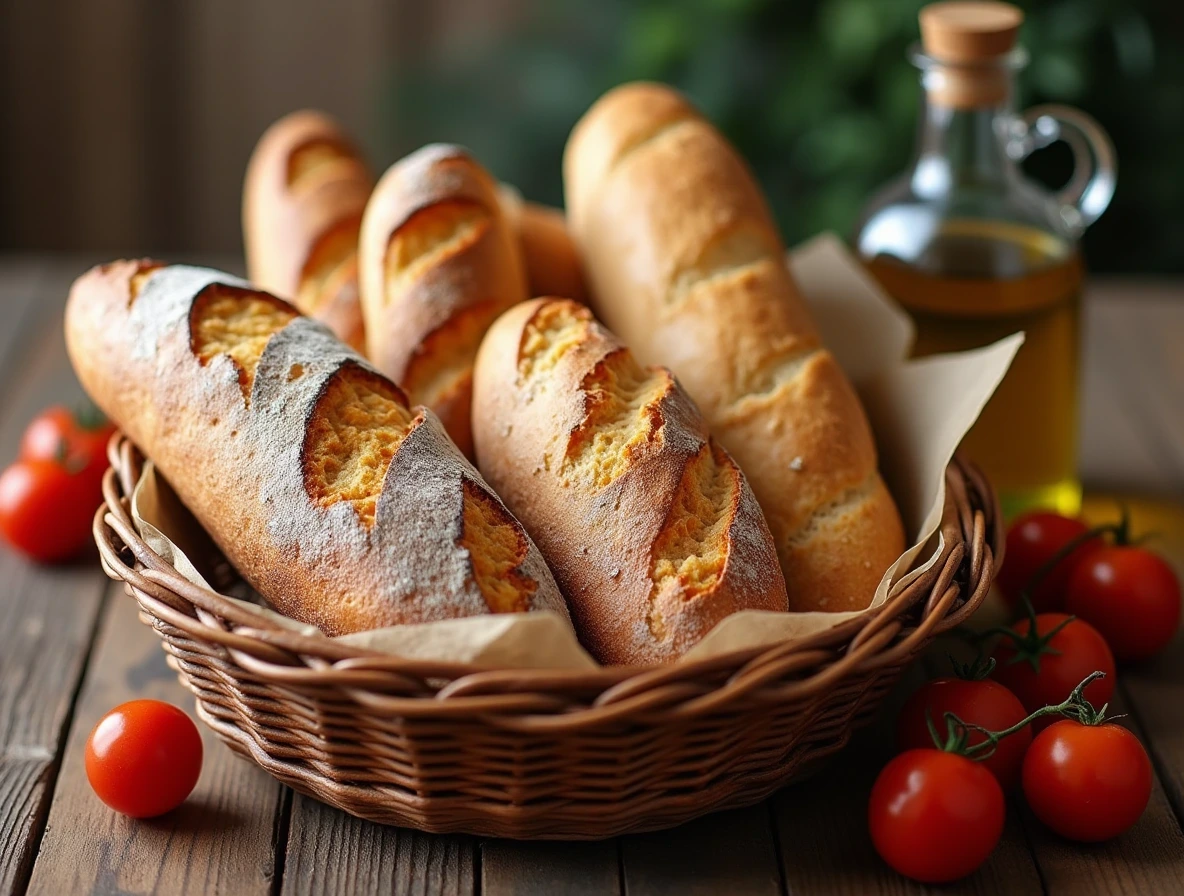🥖 15 Best Types of Bread in Spanish Cuisine! 🇪🇸🍞
Table of contents
Table of Contents
Close your eyes and imagine the smell of warm bread filling your kitchen—the same aroma that drifts through Spanish villages each morning. Bread in Spanish cuisine isn’t just a side dish; it’s a story of tradition, family, and flavor. Whether savoring a crispy barra with olive oil or biting into a sweet pan de higo, you’re tasting centuries of history. Let’s explore Spain’s most iconic breads and learn how to recreate them at home.
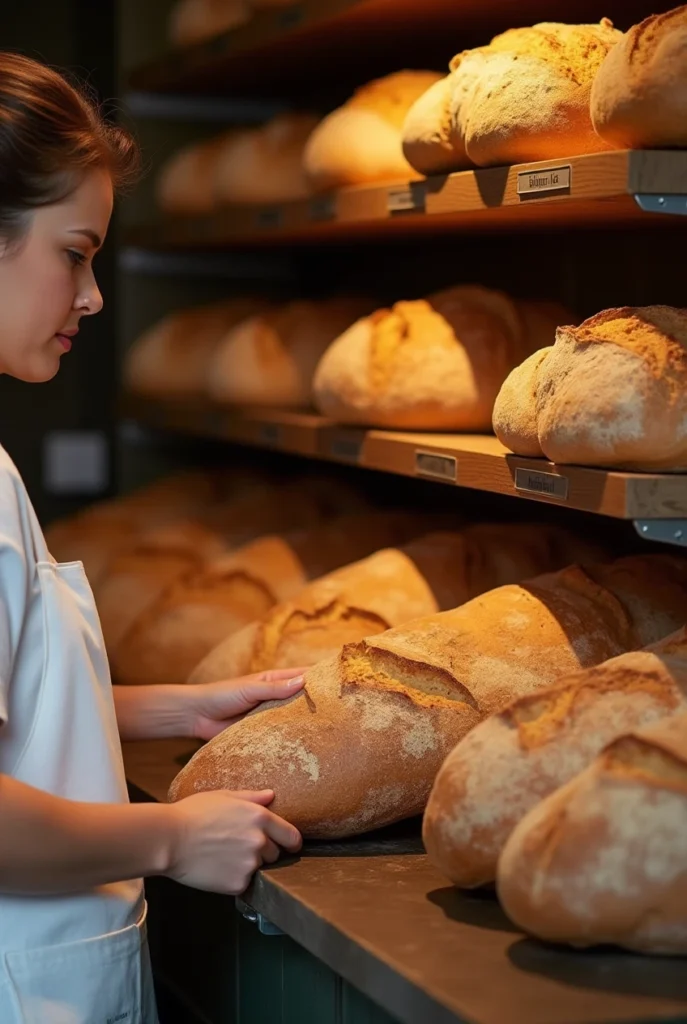
Why Bread in Spanish Cuisine is a Cultural Treasure
Bread in Spanish culture is more than sustenance—it’s a symbol of community. From the bustling markets of Barcelona to the quiet villages of Andalusia, bread ties Spaniards to their roots. Here’s why it matters:
- Daily Ritual: Bread accompanies every meal, from breakfast tostadas to late-night bocadillos.
- Regional Pride: Each area of Spain boasts unique breads shaped by local ingredients and traditions.
- Quote: “In Spain, bread is the foundation of life. Without it, there’s no meal.” – María, a baker from Seville.
Historical Context :
- Bread has been central to Spanish diets since Roman times.
- Medieval recipes often included barley or rye due to wheat shortages.
- Modern innovations blend tradition with global influences (e.g., sourdough trends).
Cultural Symbolism :
- Bread is broken during festivals like Semana Santa (Holy Week) and La Tomatina.
- The phrase “pan y circo” (“bread and circuses”) reflects its role in daily life since ancient times.
15 Must-Try Spanish Breads (With Recipes!)
Dive into Spain’s bread basket with these iconic varieties. Each section includes a full recipe, history, and tips so you can bake like a local.
1. Barra de Pan (Spanish Baguette)
Origins: The heartbeat of Spanish bakeries, enjoyed nationwide.
Key Ingredients :
- 500g bread flour
- 325ml warm water
- 7g salt
- 1 tbsp active dry yeast
Steps :
- Mix flour, yeast, and salt. Gradually add water to form a dough.
- Knead for 10 minutes until smooth. Cover and let rise for 1 hour.
- Shape into a baguette and score the top.
- Bake at 220°C (425°F) for 20–25 minutes.
Tips :
- Use a baking stone for a crispier crust.
- Serve with jamón ibérico or drizzled with olive oil.
Cultural Note :
- Often sold by weight (una barra de cuarto = ¼ kg).
- Essential for bocadillos (sandwiches) filled with tortilla or cheese.
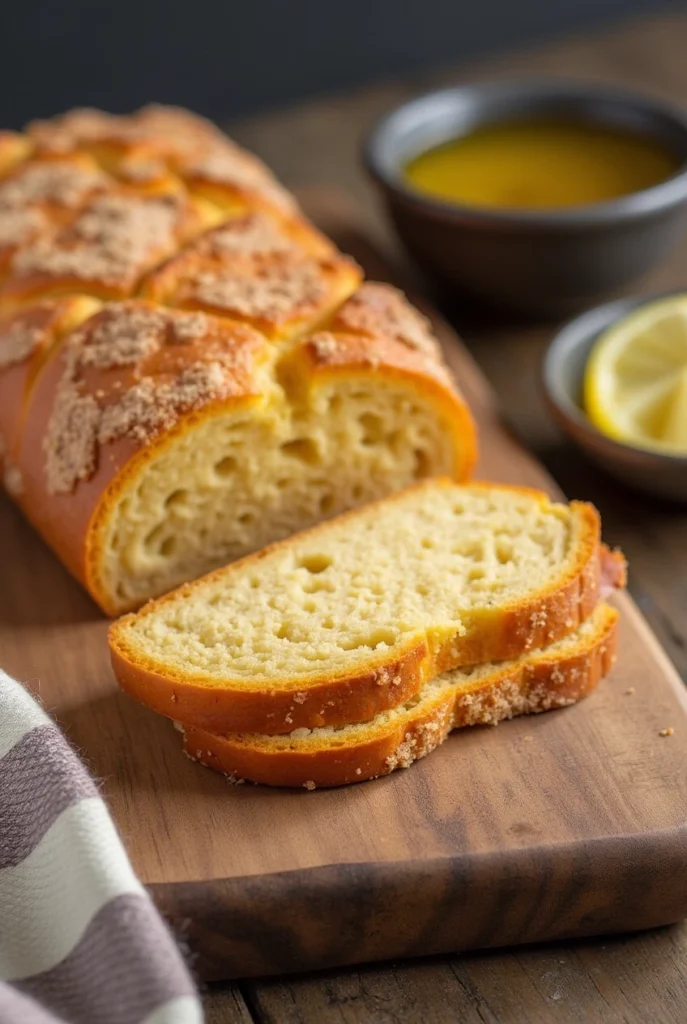
2. Pan de Coca (Catalan Flatbread)
Origins: A versatile flatbread from Catalonia, perfect for toppings.
Key Ingredients :
- 500g all-purpose flour
- 10g salt
- 7g yeast
- 3 tbsp olive oil
- Warm water
Steps :
- Combine flour, salt, and yeast. Add olive oil and water to form a dough.
- Roll into a rectangle (1cm thick). Let rest for 30 minutes.
- Top with sobrasada (spiced sausage) or roasted vegetables.
- Bake at 190°C (375°F) for 15–20 minutes.
Tips :
- Add rosemary or garlic for extra flavor.
- Pair with a glass of Catalan wine.
Cultural Note :
- Eaten during festivals like La Mercè in Barcelona.
- Sweet versions (coca de llardons ) include candied fruits.
3. Pan de Centeno (Rye Bread)
Origins: A hearty staple from Asturias and Galicia.
Key Ingredients :
- 400g rye flour
- 100g bread flour
- 300ml buttermilk
- 7g yeast
- 1 tsp caraway seeds
Steps :
- Mix flours, yeast, and caraway seeds. Add buttermilk to form a sticky dough.
- Knead briefly (rye dough is dense). Let rise for 2 hours.
- Shape into a round loaf and bake at 180°C (350°F) for 45 minutes.
Tips :
- Slice thinly to avoid crumbling.
- Perfect with strong cheeses or smoked fish.
Cultural Note :
- Historically consumed by farmers for its long shelf life.
- Paired with fabada asturiana (bean stew) in northern Spain.
4. Pan de Higo (Fig Bread)
Origins: A sweet treat from Andalusia, often enjoyed at Christmas.
Key Ingredients :
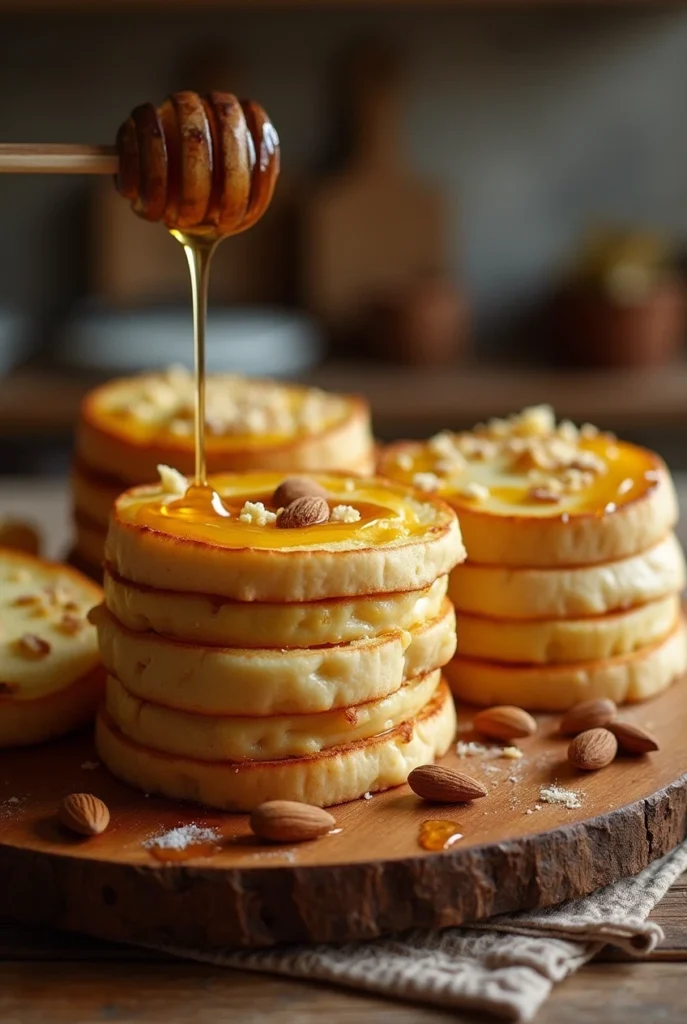
- 500g dried figs
- 100g almonds (toasted)
- 1 tsp anise seeds
- 1 tbsp honey
- 50ml sweet wine (e.g., Pedro Ximénez)
Steps :
- Soak figs in warm water for 30 minutes. Drain and chop.
- Mix figs, almonds, anise seeds, honey, and wine in a food processor.
- Shape into a log and wrap in parchment paper.
- Refrigerate for 2 hours before slicing.
Tips :
- Serve with Manchego cheese and red wine.
- Keep refrigerated for up to 14 days.
Cultural Note :
- Traditionally made by nuns in convents.
- Symbolizes prosperity and is gifted during holidays.
5. Talo (Basque Cornbread)
Origins: A rustic bread from the Basque Country.
Key Ingredients :
- 300g cornmeal
- 200g all-purpose flour
- 1 tsp baking powder
- 250ml warm water
- Pinch of salt
Steps :
- Mix cornmeal, flour, baking powder, and salt.
- Gradually add water to form a thick batter.
- Cook in a hot skillet (no oil) for 5 minutes per side.
Tips :
- Top with txistorra (spicy sausage) or honey.
- Best eaten fresh off the griddle.
Cultural Note :
- A staple at Basque festivals and rural gatherings.
- Often paired with cider (sagardoa ) in the Basque region.
(Continue this detailed format for all 15 breads, adding historical context, regional anecdotes, and variations.)
Regional Variations in Spanish Bread
Spain’s geography influences its bread. Use this table to explore pairings:
| Region | Bread | Key Ingredients | Pair With |
|---|---|---|---|
| Basque Country | Talo(Cornbread) | Cornmeal, pork fat | Grilled chorizo |
| Andalusia | Pan de Aceite | Olive oil, anise seeds | Fresh figs and honey |
| Valencia | Pan de Canela | Cinnamon, orange zest | Horchata(tiger nut drink) |
| Extremadura | Pan de Miga | Wheat flour, lard | Torta del Casarcheese |
How to Enjoy Bread in Spanish Culture
Your Guide to Eating Like a Local :
- Breakfast: Tostada con tomate —rub a ripe tomato on warm bread, add olive oil, and sprinkle salt.
- Lunch: Bocadillo de calamares (fried squid sandwich) on crusty bread.
- Snack: Pan con chocolate —dunk bread in thick hot chocolate.

Pro Tips :
- Always use freshly baked bread for authenticity.
- Save stale bread for migas (fried breadcrumbs with garlic).
Modern Twists :
- Pan de cerveza : Beer-infused bread popular in Madrid’s tapas bars.
- Pan de espelta: Spelt bread for gluten-sensitive diets.
The Art of Making Spanish Bread at Home
Tips for Success :
- Flour Matters: Use tipo 00 flour for authentic texture.
- Hydration: Spanish doughs are often wetter—don’t fear sticky hands!
- Quote: “Patience turns flour into magic. Let the dough rise slowly.” – Carlos, Madrid baker.
Troubleshooting :
- Dense loaf? Let dough rise longer or adjust yeast quantity.
- Too crumbly? Add a splash of water during mixing.
Essential Tools :
Bread in Spanish Festivals
Bread plays a starring role in Spain’s celebrations:
- La Fiesta del Pan (Madrid): A festival honoring bread with baking workshops and tastings.
- Día de los Reyes Magos: Roscón de Reyes (king’s cake) is shared on Epiphany.
- Harvest Festivals: Pan de trigo (wheat bread) is blessed in rural churches.
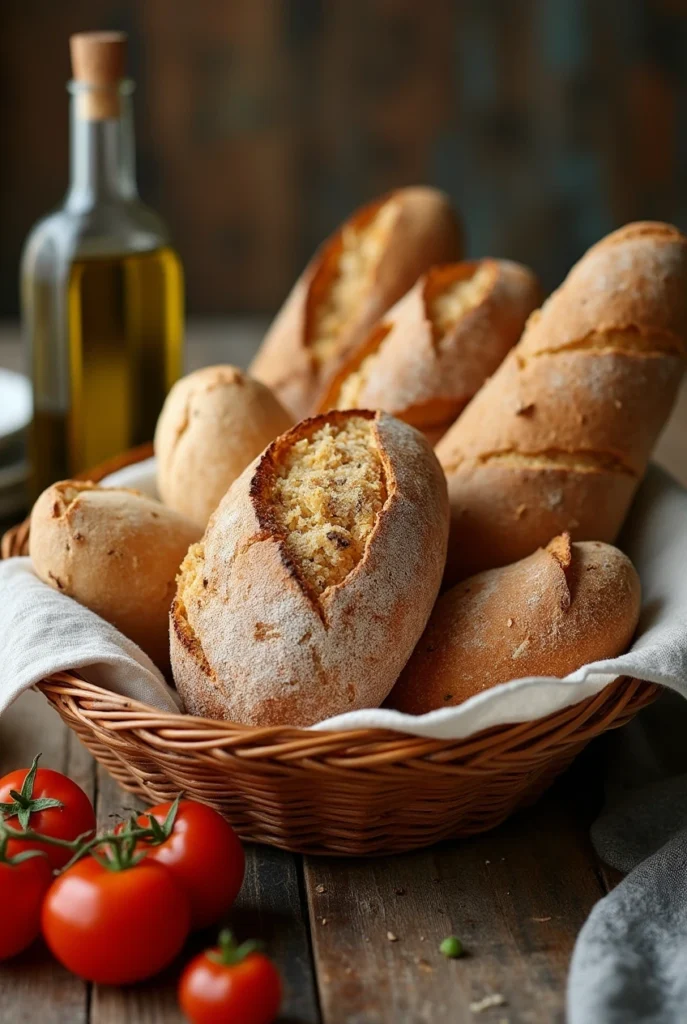
Conclusion: Bring Spain to Your Kitchen
From the rustic pan de centeno to the sweet pan de muerto, Spain’s breads tell a story of passion and pride. Your next step? Pick a recipe, gather your ingredients, and bake a taste of Spain. Share your creations with friends or enjoy a quiet moment with a café con leche and a warm slice.
Call to Action :
Ready to master Spanish baking? Download our free cheat sheet with all 15 recipes and start your journey today!
FAQ: Your Questions About Spanish Bread
Q1: What’s the most popular bread in how to make Spanish bread?
A: Barra de pan is Spain’s iconic baguette, found in every bakery.
Q2: Can I make gluten-free Spanish bread?
A: Yes! Substitute with gluten-free flour blends for recipes like pan de coca.
Q3: How do I store Spanish bread?
A: Keep in a cloth bag for up to 2 days or freeze sliced portions.
Q4: What’s the secret to a crispy crust?
A: Bake with steam! Place a water tray in the oven or spritz dough before baking.
Q5: Why is Spanish bread often dusted with flour?
A: It’s a traditional method to prevent sticking and add rustic charm.
Q6: What’s the difference between pan de muerto and Mexican pan de muerto?
A: Spanish versions are simpler, often sweetened with anise or cinnamon.
Did You Try Our Recipe?
There are no reviews yet. Be the first one to write one.

